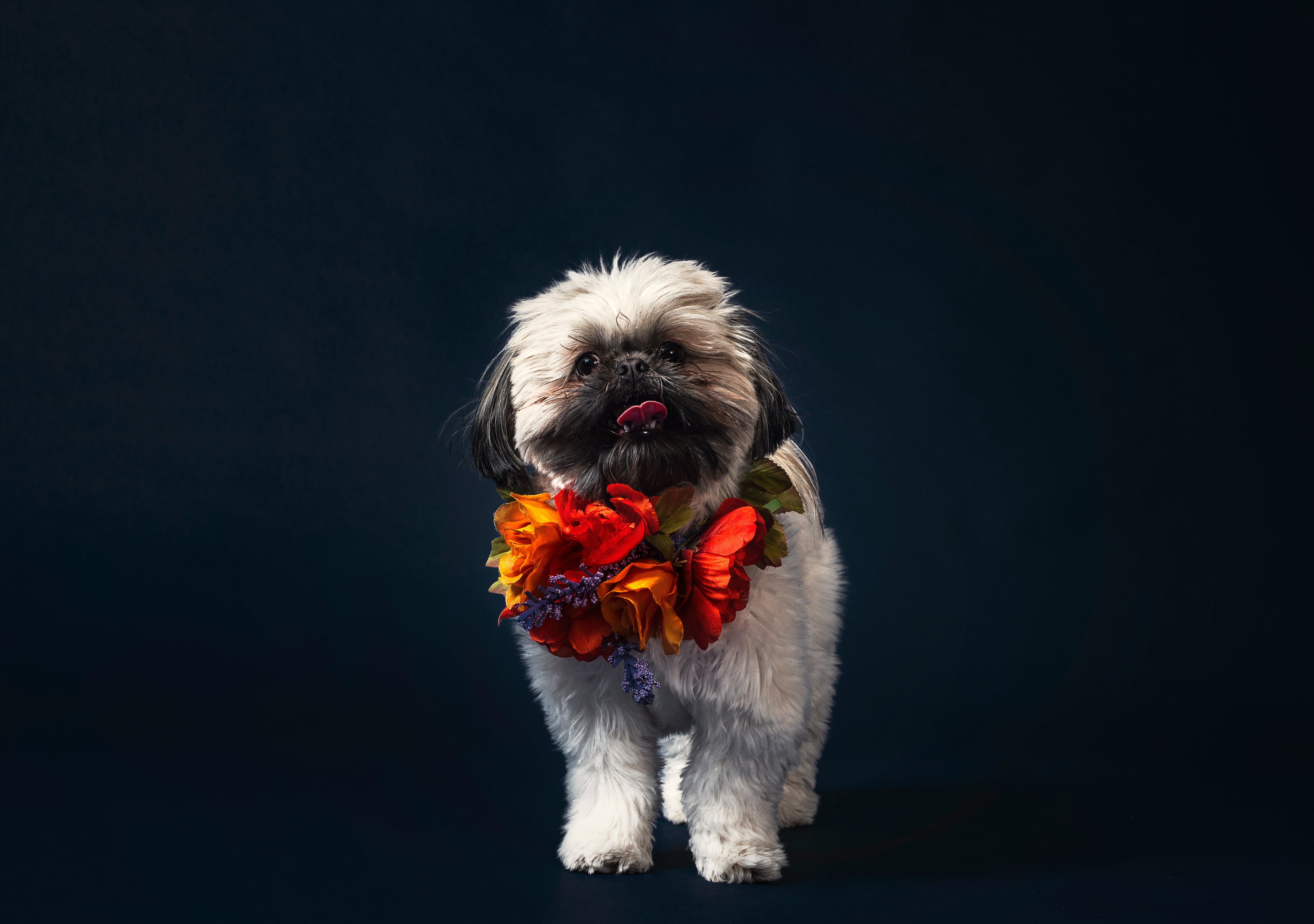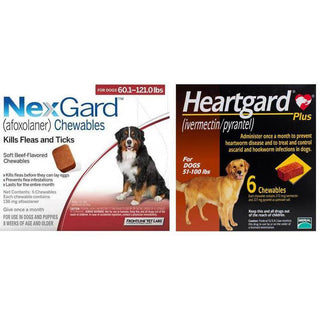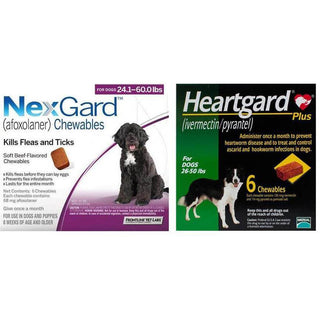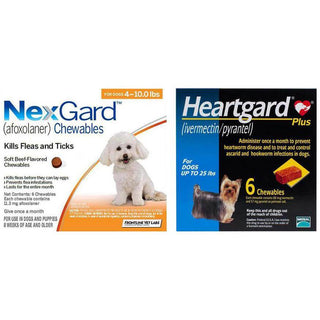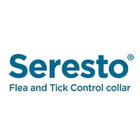
Keeping your dog properly hydrated is just as important as feeding them the right food—especially if they’re active or enjoy outdoor play. Whether your dog loves long walks, play sessions at the park, or accompanies you on hikes, hydration is crucial to supporting their energy levels and preventing serious health issues, such as heatstroke or dehydration.
In this blog, we’ll explore why hydration is crucial for active dogs, the signs of dehydration, tips to keep your dog hydrated, and how to minimize heat-related risks.
Why Hydration Is Crucial for Active Dogs
Dogs regulate their body temperature differently from humans. They don't sweat through their skin but rather pant to cool down. This makes them more vulnerable to overheating, particularly in warm or humid environments.
Active dogs lose fluids quickly during exercise or exposure to the sun. Without adequate water intake, they can become dehydrated, which may lead to fatigue, confusion, vomiting, or even heatstroke—a potentially life-threatening condition.
Signs of Dehydration in Dogs
It's essential to recognize the early symptoms of dehydration so you can take action before the condition worsens. Common signs include:
- Dry nose and gums
- Excessive panting
- Lethargy or weakness
- Loss of skin elasticity
- Sunken eyes
- Thick or sticky saliva
- Refusing to eat or drink
To check for dehydration, gently lift the skin on the back of your dog’s neck. If it doesn’t snap back quickly, your dog may be dehydrated.
What Causes Dehydration in Active Dogs?
Several factors can contribute to dehydration in dogs, particularly those with high activity levels:
- Hot weather or direct sun exposure
- Not having access to fresh, clean water while your dog is playing or traveling can lead to dehydration.
- Excessive physical activity without breaks
- Vomiting or diarrhea due to illness
- Underlying health conditions like diabetes or kidney disease
Active dogs, especially working breeds and puppies, are more at risk because they often don’t know when to stop.
How to Keep Your Active Dog Hydrated
Here are some simple yet effective ways to make sure that your dog stays hydrated throughout the day, especially during and after exercise:
1. Provide Fresh, Clean Water at All Times
Make sure that your dog has constant access to fresh water, both indoors and outdoors. Replace the water frequently to keep it clean and cool.
2. Bring Portable Water for Outdoor Activities
If you're heading out for a hike, walk, or beach day, always carry a collapsible bowl or portable water bottle designed for dogs. Offer water every 20–30 minutes during play.
3. Add Water to Their Meals
Mixing water or low-sodium broth into dry kibble can help increase your dog’s fluid intake without changing their diet.
4. Offer Ice Cubes or Frozen Treats
Many dogs enjoy licking ice cubes. You can even make frozen dog treats with water, broth, or fruits like watermelon (without seeds) to make hydration fun and enjoyable for your dog.
5. Set Reminders for Water Breaks
Dogs may forget to drink when they’re excited or distracted during play. Set a timer to remind yourself to offer water, especially in warm climates.
6. Choose the Right Time for Exercise
Avoid exercising or walking your dog during the hottest parts of the day. Early mornings and late evenings are best during summer.
7. Use Cooling Accessories
Cooling vests, mats, and shaded resting spots help reduce your dog’s body temperature and limit water loss through panting.
What to Do If Your Dog Shows Signs of Heatstroke
Heatstroke is a serious emergency. If you suspect your dog is suffering from it, follow these steps immediately:
- Move your dog to an air-conditioned or shaded area
- Offer small sips of cool (not cold) water
- Wet their paws, belly, and armpits with cool water
- Use a fan to help them cool down
- Take your dog to a veterinarian right away
Never force your dog to drink or submerge them in ice-cold water, as it can cause shock.
Special Considerations for Puppies, Senior Dogs, and Brachycephalic Breeds
Some dogs are at higher risk of dehydration and heatstroke:
- Puppies require additional water to support their growth and energy levels.
- Senior dogs may have weaker kidney function and lower thirst drive.
- Flat-faced breeds, such as Bulldogs, Pugs, and Shih Tzus, struggle to cool themselves due to their short snouts and narrow airways.
For these dogs, it is essential to monitor them closely during hot weather or exercise and keep hydration tools readily available.
Final Thoughts
Active dogs need more than just exercise—they need proper hydration to stay healthy, safe, and full of life. By recognizing the signs of dehydration, planning for outdoor adventures, and offering water regularly, you can protect your dog from dangerous conditions like heatstroke.
Your dog relies on you to stay calm and hydrated. A little planning goes a long way in keeping them happy and active, no matter the season.

